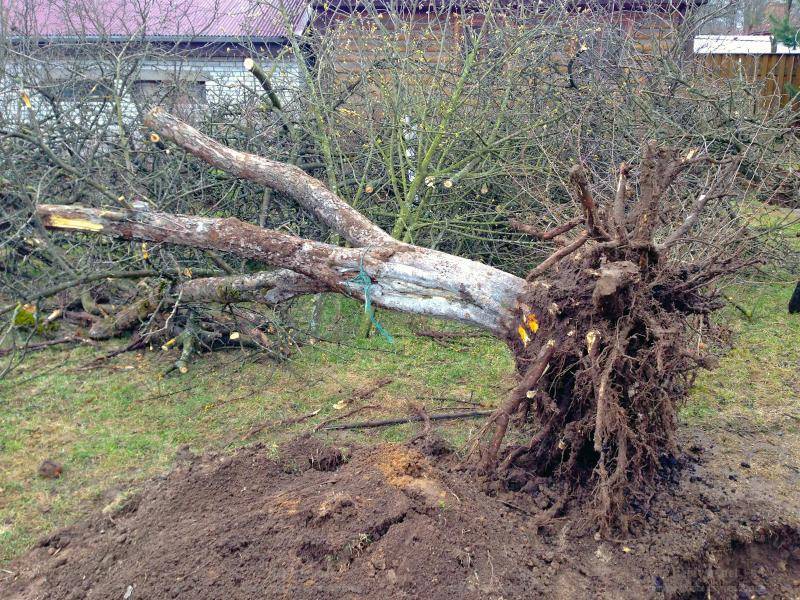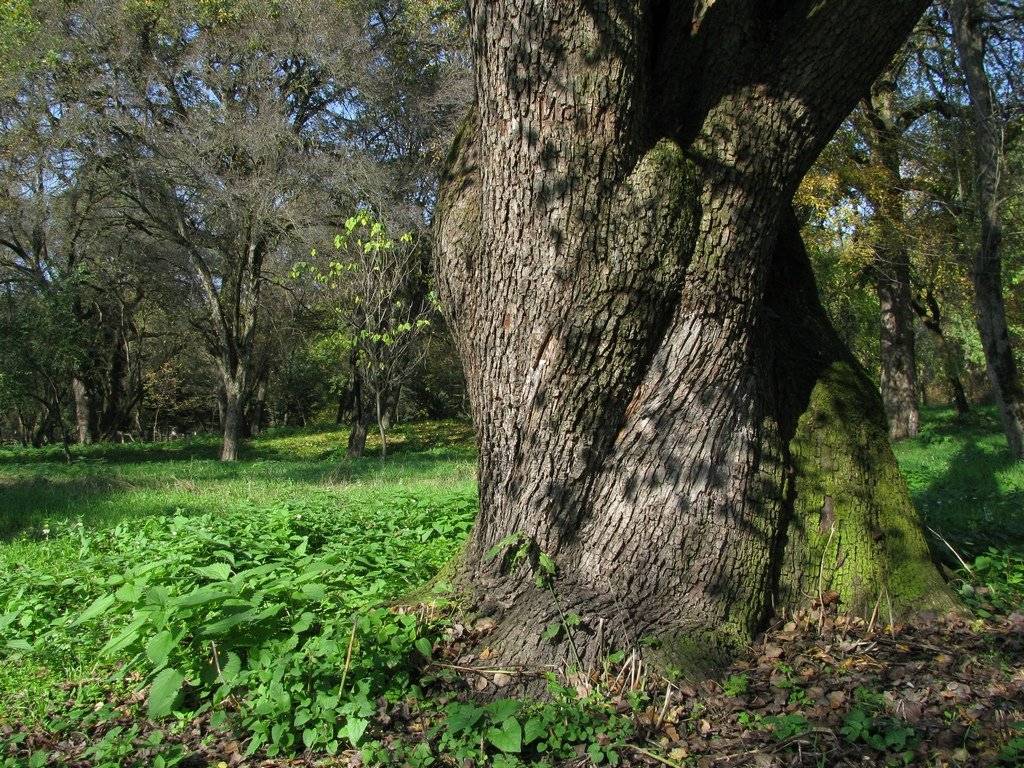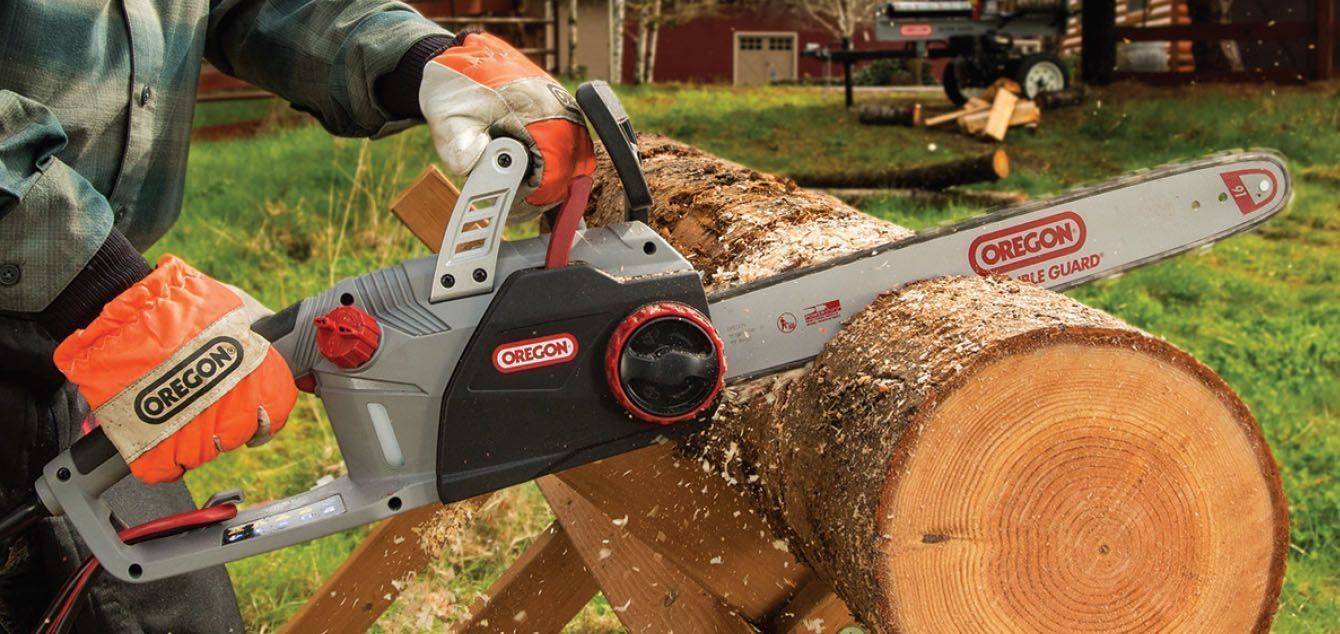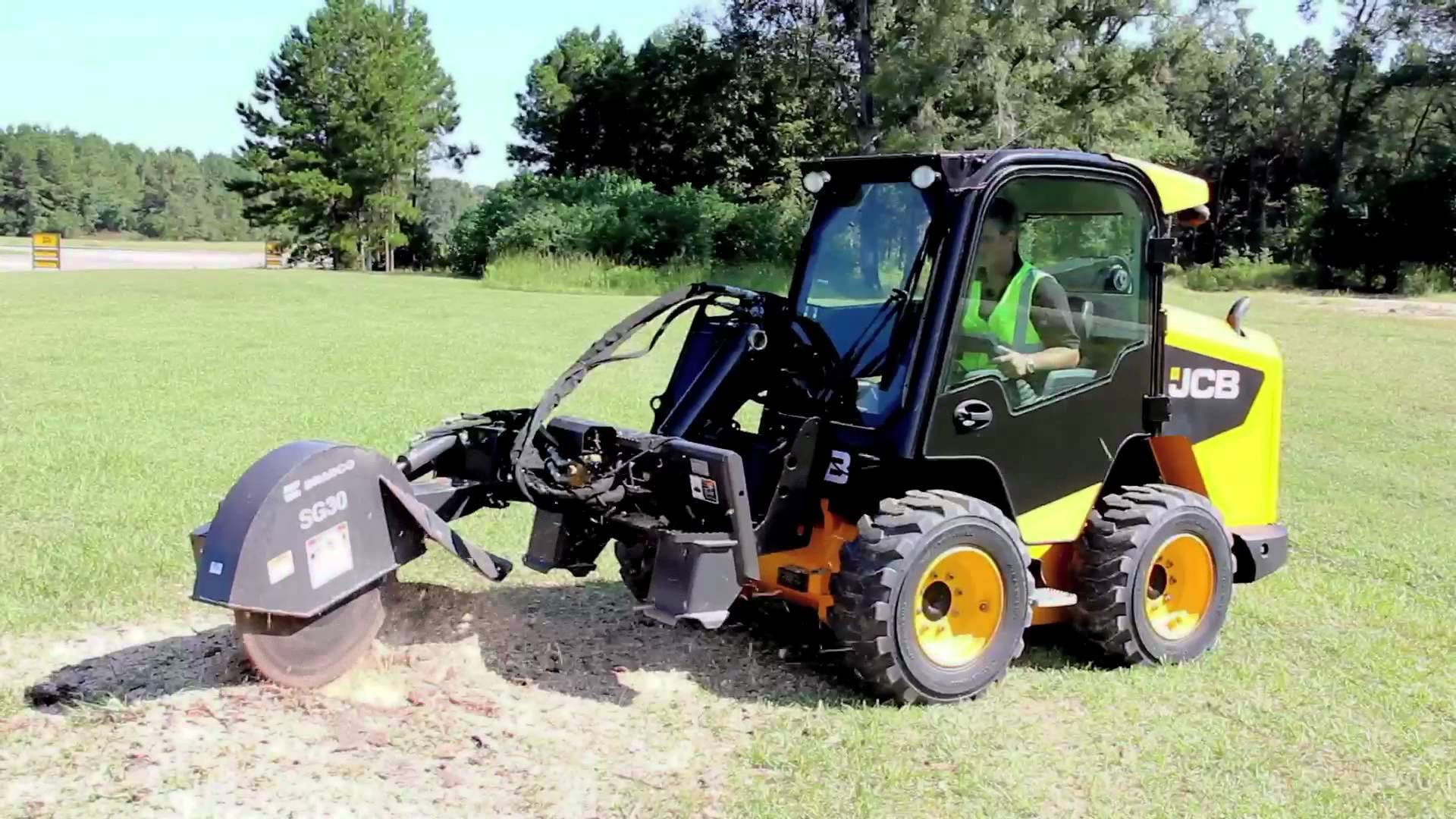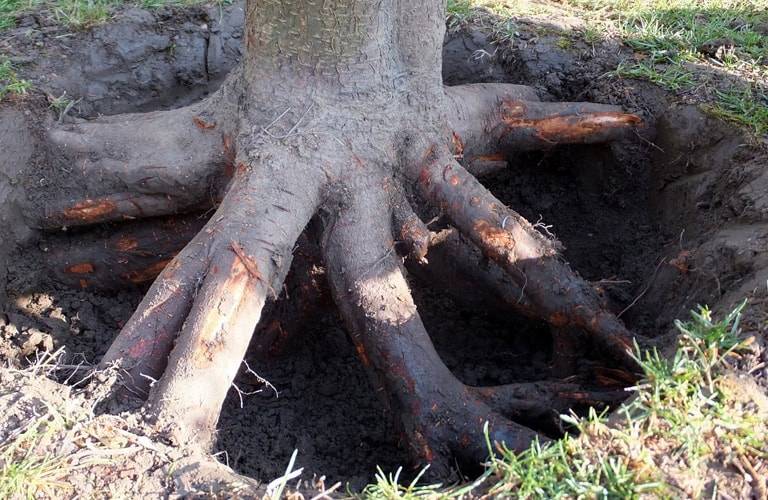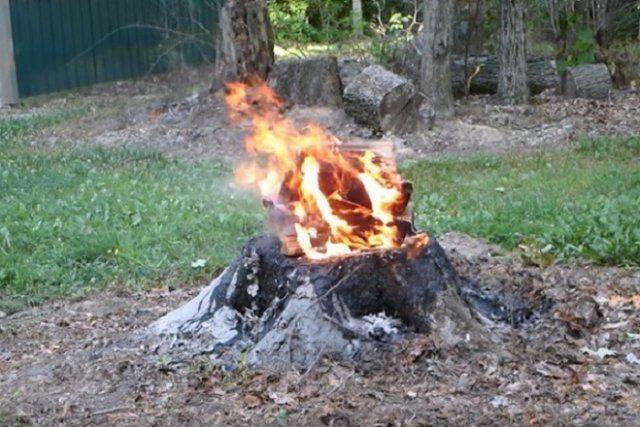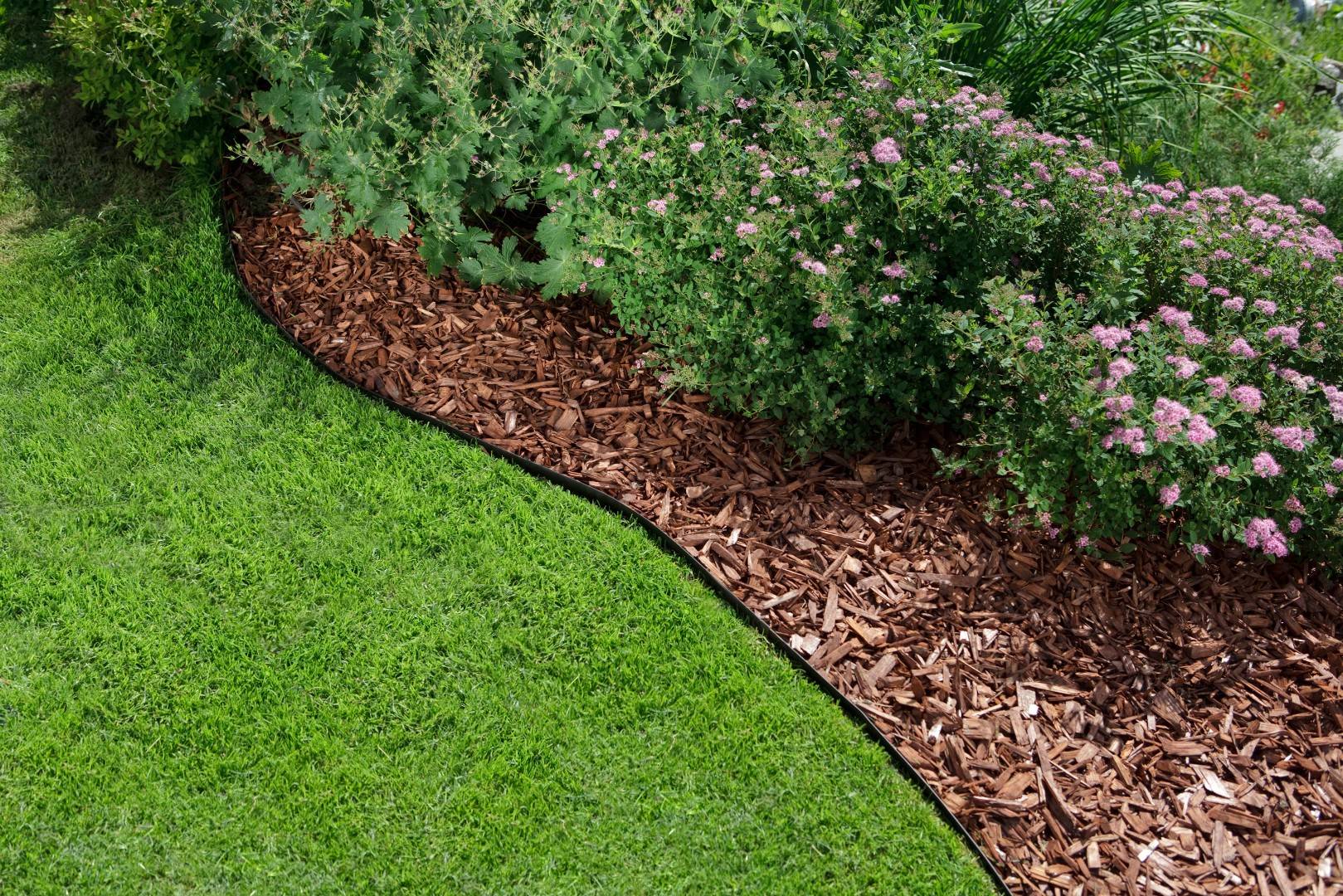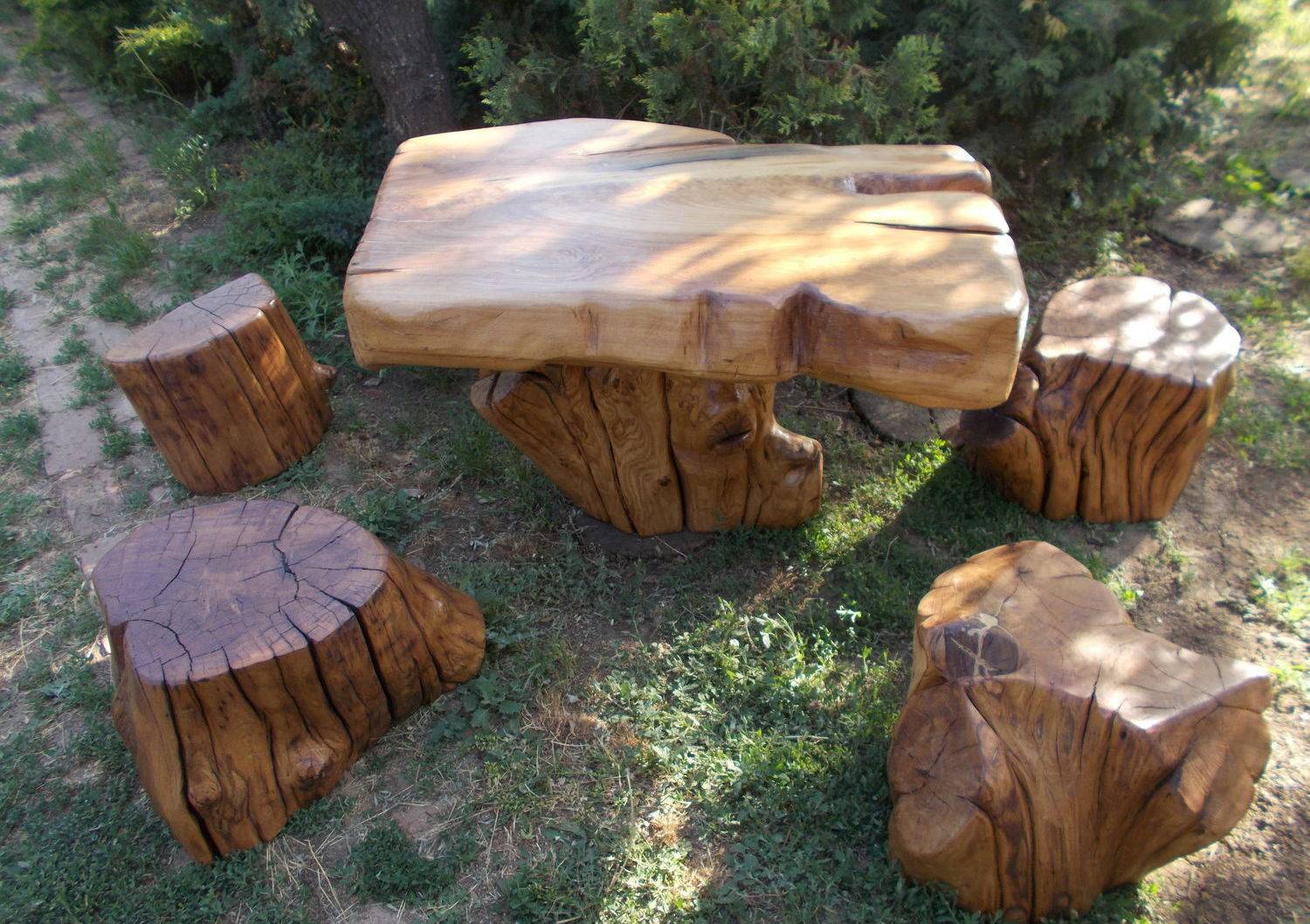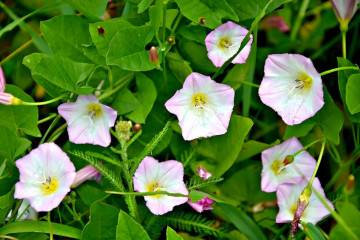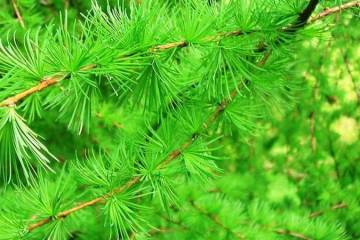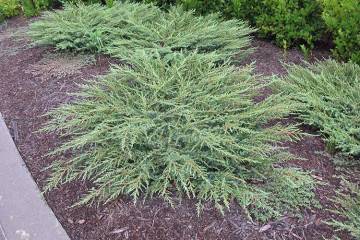Uprooting Trees - How to Get Rid of Tree Roots
Content:
Old trees are a common problem in any garden or park. No matter how long the life of plants is, the time comes for them to give way to young seedlings, and then gardeners decide how to remove the roots of trees from the site. There are quite a few known ways of uprooting trees - simpler and more complicated.
Uprooting Trees - All Removal Methods
The easiest way to remove an old tree from a site is to uproot it yourself. This is possible when the plant is 100% dead. In this case, its roots no longer have such a strong adhesion to the ground and are quite amenable to extraction.
How many years do trees usually live
The lifespan of a plant is determined by its species. Some horticultural crops only live for a few decades, while others can grow for centuries. Here are some average statistics for the most popular crops cultivated in Russian gardens (life is indicated in years):
- birch - 150;
- cherry - 30;
- mountain ash - 80-100;
- peach - 20;
- apple tree - up to 200;
- sea buckthorn - 30;
- pear - 200;
- walnut - 400;
- quince - 50.
Bushes usually have the shortest lifespan, not exceeding a hundred years. Here are some examples:
- gooseberries - 25-30;
- honeysuckle - 50;
- raspberries - 12;
- black currant 40-50;
- blueberries - 60-100.
How long trees live depends not only on their type and variety, but also on quality care.
How to remove dried trees from the site
A dry plant is usually cut down, and then its stump is uprooted. To remove a large tree or bush from the site, it is sawn into pieces so that they can be loaded onto transport and taken out, or put in a woodpile and burned later.
The most time consuming part is tree uprooting. In tall plants, the roots can go many meters deep. They can be extracted using special equipment, which is widely used in forestry. In the absence of the possibility of hiring such a technique, various methods of crushing the stumps are used, in order to then extract them from the ground in parts.
A separate case, when a tree is already dying, most of the branches are dead, but there is root growth, the roots are alive. Such a plant still sits very firmly in the ground. Before uprooting, you need to kill (dry) it, in order to then decide how to get rid of the tree roots.
Method 1: salt solution
It is considered the most gentle for nearby plants and soil. You can etch a tree with ordinary table salt using one of the following techniques:
- In the near-trunk circle, dig the soil 20-30 cm deep (on the bayonet of a shovel), distribute evenly several kg of salt, and fill the soil back. They carry out abundant watering and wait for the result.
- Salt can be scattered over the surface of the soil. Then you can water or just wait for the rains, then the salt will dissolve without any extra effort.
- A steep saline solution (diluted with water in a 1: 1 ratio) is poured under the tree.Watering is repeated several times during the season.
Usually 2 kg of salt is enough so that you do not think about how to destroy the roots of the cut trees. The soil from such an impact on the summer cottage is completely restored in several years.
Method 2: ammonium nitrate
This substance accelerates wood decay several times. As a result, a lot of environmentally friendly fertilizer remains from the tree. The method is extremely simple: saltpeter is scattered around the trunk and watered well. The optimal time for work is early spring or autumn, when the sap flow along the trunk continues.
Method 3: sodium nitrate
This saltpeter is used differently. The trunk of an old spruce or aspen is drilled with deep holes, into which dry or water-diluted saltpeter is injected. A year later, the tree dies. If you use a solution of nitrate for watering in the root area, then it will take several years to destroy, so this method is almost never used.
If you want to get a guaranteed result as soon as possible and save yourself the trouble, you can use herbicides, which are poisonous to plants. The preparations are effective against deciduous trees, and much weaker against conifers.
The following low hazard class herbicides are on sale:
- Roundup. For a young tree or bush, you will need 4 standard packages, which are bred in a bucket of water and poured under the tree. If an oily form is caught, then it is used by spraying on the crown. It is better to use another remedy against the old tree.
- Tornado. The product is only suitable for hardwoods. The drug is diluted with water according to the manufacturer's instructions and sprayed onto the crown.
- Arsenal. Almost a complete analogue of the Tornado, it is also used according to the manufacturer's instructions.
You can enhance the effect of any garden chemistry with vegetable oil. It is added to the working solution in 50 or 100 ml quantities. This technique increases the penetrating power of all drugs. The rate of exposure depends on the size and age of the tree. The largest and oldest can survive for several years, and the young will die in the first year.
Tools and devices for sawing and uprooting wood
Trunks and branches can be chopped with hand or power tools. In the first case, saws, hacksaws, axes are used. For large branches and trunks, it is better to use an electric saw - it will cope with wood of any thickness. A similar tool is a chainsaw, which has a valuable advantage - autonomy of work (it does not need an outlet, it is enough to fill the tank with fuel).
A crowbar and a shovel are useful for lifting stumps, as well as various hooks with which you can pry on thick roots and pull them out. If you do not have enough strength for this, then the snag is tied with a cable that is pulled by several people or a car (tractor, walk-behind tractor, etc.).
How to get rid of tree stumps and roots
The underground part of trees and bushes usually sits very firmly in the ground, for example, near a linden tree. It is sometimes very difficult to pull them out, but it is necessary to free up the territory for new plantings.
Ways to uproot trees on the site
Practice has shown that three methods are most effective in removing:
- mechanical - grinding with a special cutter or extraction with earth-moving equipment;
- manual - this includes burning, as well as lifting with a winch and a crowbar with an ax, sometimes you can wash the stump with water;
- chemical - urea, nitrate or salt.
The choice depends on the size of the tree, the total scope of work and the timing in which you need to get rid of the old stump.
Removing wood residues from dry soil by crushing
Crushing the stump is a task for the shredder, which is a specialized machine. Its size and specifications vary widely. Some models work with large volumes of wood, while others are hired for one-time work (remove one stump).
Shredders by the principle of operation are different:
- rotary;
- disk;
- checkpoints.
The walk-through grinder has a special rotor, which, going deep into the ground, crushes everything that comes across it: roots, stones, stumps, etc. After the passage, there remains a site loosened to a predetermined depth, "seasoned" with large sawdust. This versatile technique is suitable for removing stumps that are not very large in orchards or vineyards, for example, those killed in a harsh winter.
A disc cutter can tackle almost any tree stump. Its working disc with teeth, like a saw, moves up and down and left and right, cutting out a stump from the ground. This technique has no drawbacks, except for one thing - the disc is afraid of collision with large stones.
A rotary grubber works like this: a drill with cutters is cut into the center of the stump, and then, as the drill rotates and sinks, it crumbles the wood.
Specialized equipment can operate on its own chassis, but there are models designed for installation on a tractor, excavator or loader. Usually the choice is dictated by the estimate of the work, its prices.
Grubbing stumps in the area with an ax and crowbar
The stump is dug around by hand with a shovel, surrounding the bases by 1-1.5 m. The goal is to expose the largest roots as much as possible. Then they need to be cut with an ax. Then a crowbar is brought under the bottom of the stump and with an effort they pull it out of the ground.
The method is suitable for lifting stumps up to 20 cm in diameter. It is unlikely that larger specimens can be pulled out of the soil this way. If there is no purpose to immediately use the area under the stump, then it is quite possible to limit ourselves to cutting down its central part. The remaining roots are sprinkled with earth and left. A little time will pass, and all wood residues will rot on their own.
How to get rid of stumps without uprooting: a chemical method of burning out with saltpeter
At the end of winter, when the thaw has already begun, but before the sap flow is still far in the stump, several thick holes 40 cm deep are drilled with a drill. The number of holes is determined as follows: one for every 10 cm of the trunk diameter. Then saltpeter is tamped into the holes and moistened. Next, you need to seal all the "seals" by wrapping the barrel with polyethylene or covering them with resin. In the spring, with the beginning of sap flow, the tree will quickly die, after which it can be removed by burning.
Rooting up a stump with urea
The urea consumption for this method is lower, since the holes are drilled only 3 cm deep. Then they are sealed with a sealant. The waiting period is a year for the stump treated in this way to rot. But next year you can burn it and plant something new right away.
Using bark to mulch trees and shrubs
A popular way to use wood waste is to mulch the soil. For this purpose, you can take fallen leaves, grass, peat, but sawdust and crushed bark have a number of undoubted advantages:
- The long process of decay is accompanied by the gradual release of nutrients into the soil, which is especially good for the bark under trees.
- The bark, when rotted, increases the alkaline reaction of the soil. This is the optimal environment in which crops can live: cranberries, blueberries, rhododendrons, blueberries, heather, conifers and many other garden crops.
- The material is a natural filter. It freely passes water and air through itself, but retains harmful substances. This is very important for gardens within cities, where mulch from the bark that has not rotted in a year is raked up, burned, and replaced with a new one.
- A thick layer of mulch prevents the soil from compaction, so you don't need to loosen and weed the soil as often as before. For those plants whose root system is shallow and afraid of damage, mulching is ideal, they can live in a climate that is not most suitable for themselves.
- Phytoncides in the bark do not allow gray rot, fungal infections to multiply in the soil, and prevent root decay.
- In the soil sprinkled with bark mulch, soil nematodes do not start, from which there are still no effective protection measures.
- If the soil is sprinkled with mulch, then an optimal microclimate is created in it for the life of earthworms. With their arrival, the structure of the soil improves markedly, it becomes more fertile, the air more easily penetrates to the roots.
How to chop tree bark at home
To obtain high-quality mulch, you can use the bark of various trees, be it maple or baobab, but the material on sale in the Moscow region is usually represented by pine or larch. If you carry out an independent procurement of raw materials, then take into account:
- For capricious plants, you should not use oak bark, since it contains a large amount of tannins.
- Pine bark takes three times longer to decompose than hardwood.
- Birch bark is very beautiful and will decorate any area.
In the procurement process, the following recommendations are additionally taken into account:
- You cannot remove the bark from living trees, as they will die after that.
- The best material is sawn and dried wood. Old and rotten trunks are not very suitable, as their bark is usually full of fungi and pests.
- The bark suitable for crushing is easily detached from the base, but does not crumble into small pieces.
You can use almost any tool for shredding, including scissors or a garden pruner. You can use a garden shredder. The optimal size of the pieces is 1-5 cm. It is advisable to sterilize all the mulch before use. To do this, it is boiled for 10 minutes or heated in the oven for 15-20 minutes at 70 ° C.
Old stumps on the site can become a stand for a flowerpot, a decorative table, or serve as fertilizer. Which option to prefer is decided in each case separately. The main thing is to adhere to the principle of matching the efforts made and the result obtained from them.
